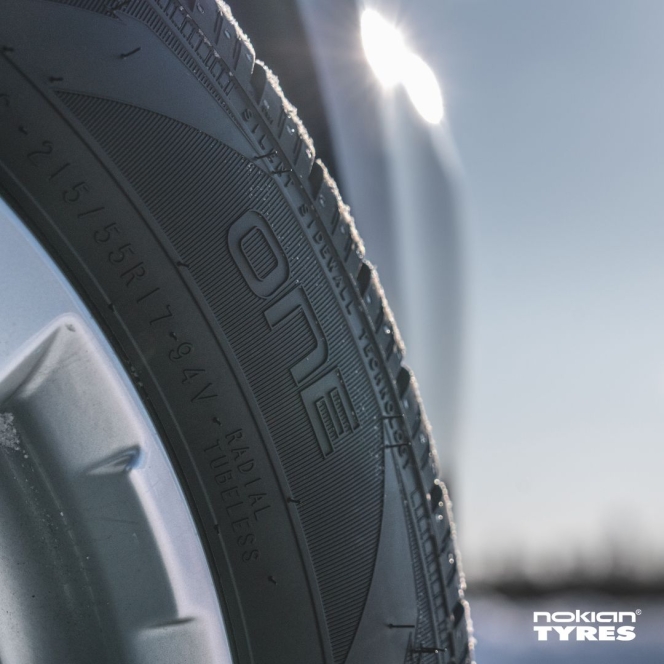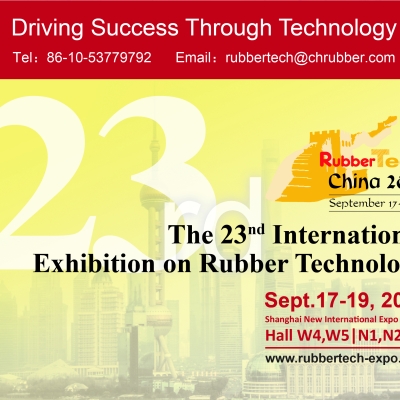
The year 2021 was special for many industries, and the tyre industry was no exception. Even though the pandemic was raging as the year started and ended, only a few months in the middle gave us all hope of returning to normal soon all over the planet. All sorts of vehicles were still on the road from A to B, and tyres were consumed and spent. For some tyre companies, 2021 was actually a better year than ever before, especially those that had secured good stock levels before the sea freight costs skyrocketed.
I always say that you must never lose focus on improvements and development. In times of crisis, it’s what will secure your growth and sustenance when things improve again, and in times of excess, it’s where you need to invest those extra earnings in getting more robust for when the meagre times come back.
The year has offered many innovations to prove my point, though most of them have been centred around the same segment, namely electric vehicles (EV). As the brand leaders in the tyre industry have discovered that this segment is where the industry is heading in most parts of the world, they have brought one innovation after the other to the table. First of all, EV tyres need more
substantial casings to endure the added stress of the rapid acceleration capabilities most EVs feature and the high vehicle weight caused by the large battery packs. Also, they need to be more durable to reduce additional wear caused not just by the same acceleration but also deceleration, which can be rapid. Naturally, they also need better grip to ensure shorter braking distances and handling when turning at speed, again due to the high weight. Still, they also need to offer lower rolling resistance so that the vehicle can travel as far as possible on a single charge. Lastly, they need silent tyres, as they are the only noise source when driving. Knowing how many of these factors contradict each other, it seems like an impossible mission. A more robust casing usually means increased stiffness and weight, and those factors typically result in increased noise and reduced grip. Softening the tread compound to increase grip could result in rapid wear from accelerating and surely increase noise levels. It’s not just a question of how to decrease rolling resistance while improving wet grip and braking distance, as it was the case to obtain good European tyre label values – it’s much more than that. And yet, basically, all the premium brands have cracked it in 2021.
Continental, for example, has secured OE supply for six of the ten largest volume EV manufacturers since 2020 and onwards.
For its latest product, the EcoContact 6, the German tyre company has developed a compound that reduces rolling
resistance by an impressive 15 percent compared to the previous model. Since tyres account for roughly 20 percent of a vehicle's total resistance, it effectively reduces energy consumption by three percent.










Comments (0)
ADD COMMENT